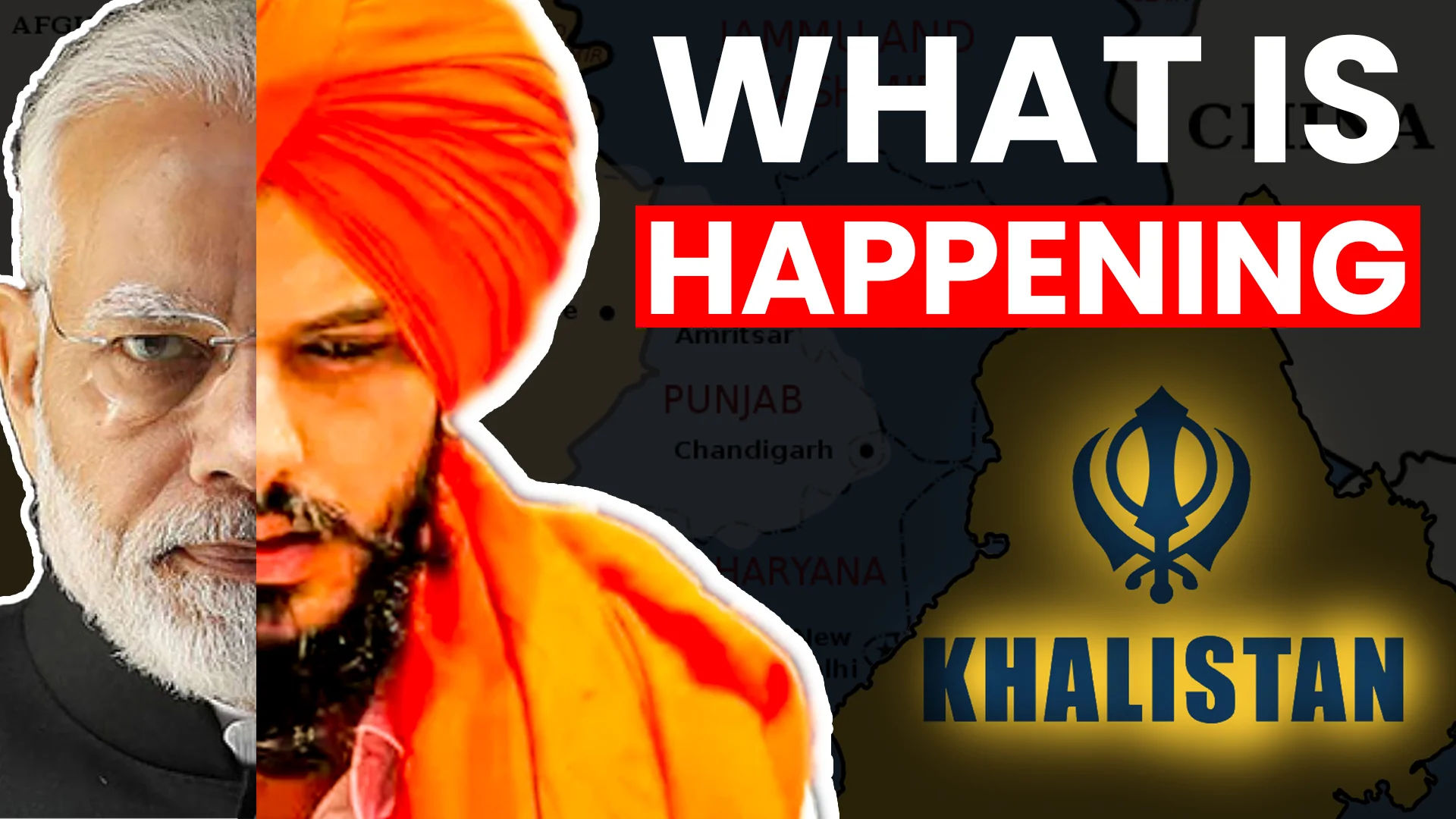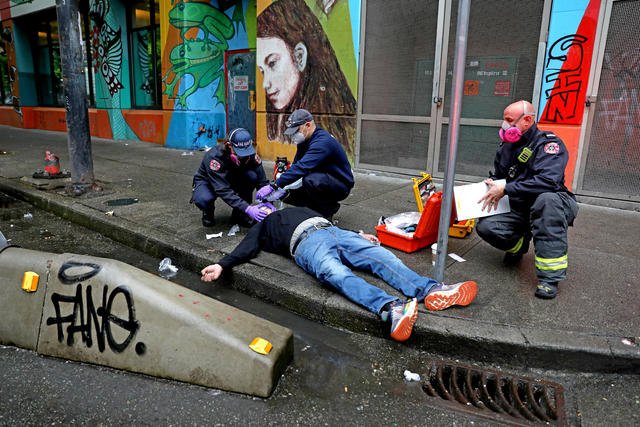What is Khalistan and Why Do Some Sikhs Want It?
The idea of Khalistan refers to the dream of creating an independent Sikh state, separate from India. This idea has been a major issue for some Sikhs, both in India and around the world. The call for Khalistan comes from a deep sense of cultural, political, and religious identity, rooted in Sikh history and the struggles faced by Sikhs in post-independence India.
The Sikh State Promised at the Time of Independence
When India became independent in 1947, the leaders of the independence movement made certain promises. However, the Sikh community, led by figures like Master Tara Singh, believed that Sikhs needed special rights and recognition in the new country. They wanted a Sikh-majority region with more control over its affairs. Instead of creating a separate state, India divided Punjab along religious lines. The eastern part of Punjab went to India, and the western part became part of Pakistan.
Sikhs were promised protection of their culture, religion, and language, but in practice, they felt ignored and their concerns were often overlooked. Over time, many Sikhs began to feel that their interests were not being represented fairly in India.
The Anandpur Sahib Resolution (1973)
In 1973, the Anandpur Sahib Resolution was passed by the Shiromani Akali Dal (SAD), a political party representing Sikhs in Punjab. This document outlined several demands for greater rights for Sikhs. The resolution called for more control over Punjab’s economy, better protection of Sikh religious practices, and recognition of Sikh culture and language.
The resolution did not explicitly ask for Khalistan (an independent Sikh state), but it did push for greater political and economic autonomy for Punjab. However, the Indian government saw the resolution as a challenge to national unity and dismissed it as a separatist move. This led to rising tensions between Sikh leaders and the Indian government.
The Attack on the Golden Temple (1984)
One of the most important events that fueled the demand for Khalistan was Operation Blue Star in 1984. This was a military operation ordered by Prime Minister Indira Gandhi to remove Sikh militants, including Jarnail Singh Bhindranwale, from the Golden Temple in Amritsar, the holiest shrine in Sikhism.
Bhindranwale had become a leader for many Sikhs who felt oppressed by the Indian government. He and his followers wanted more autonomy for Punjab and the Sikh community. The Indian government viewed Bhindranwale and his supporters as militants and accused them of stirring up violence.
The operation resulted in the deaths of many people, both militants and innocent civilians. The Golden Temple itself was damaged, and this deeply hurt Sikhs around the world. For many, the attack on their holiest shrine was seen as an attack on their faith. It marked a turning point for many Sikhs, who began to believe that the Indian government was hostile toward them.
The Rise of the Khalistan Movement
After the attack on the Golden Temple, many Sikhs felt betrayed by the Indian government. They saw the violence of Operation Blue Star and the following anti-Sikh riots of 1984—where thousands of Sikhs were killed and their homes destroyed—as clear signs that the Indian government did not care for them.
In the years that followed, the idea of an independent Sikh state, Khalistan, began to grow. The movement became popular with some Sikhs who believed that only an independent state could ensure the safety and rights of the Sikh community. Some Sikh leaders became vocal in their support for Khalistan, and the movement gained attention worldwide, particularly among the Sikh diaspora in countries like the United States, Canada, and the United Kingdom.
Why Do Some Sikhs Want Khalistan?
Several reasons explain why some Sikhs want Khalistan:
- Historical Grievances: Many Sikhs feel that their rights were ignored by the Indian government after independence. They feel that promises made to protect Sikh culture, language, and religion were not kept.
- Cultural and Religious Identity: Sikhs have a distinct culture and religion. Some believe that creating a separate Sikh state would help protect and promote their unique identity and way of life.
- Violence and Oppression: The violence in 1984, especially the attack on the Golden Temple and the anti-Sikh riots, left deep scars. Many Sikhs believe that an independent state like Khalistan would protect them from future violence and discrimination.
- Economic and Political Autonomy: Sikhs in Punjab have long argued that the region does not have enough control over its own resources, such as water and land. They want greater political and economic freedom to manage their own affairs.
Conclusion
The call for Khalistan is not a simple issue, and it is not supported by all Sikhs. However, for many, the idea of Khalistan represents the struggle for justice, freedom, and the protection of Sikh identity. The events of 1947, 1973, and 1984 have deeply shaped the way Sikhs view their relationship with the Indian state. For some, the dream of Khalistan remains a powerful symbol of hope for a better future where their rights and dignity are respected.


